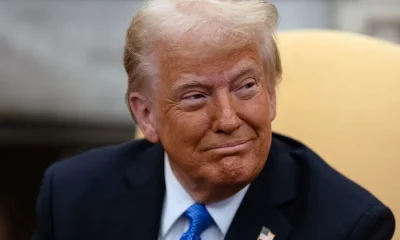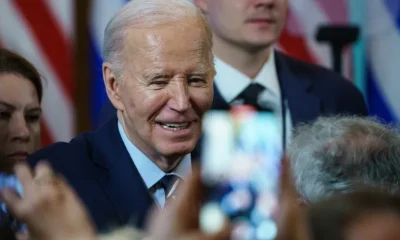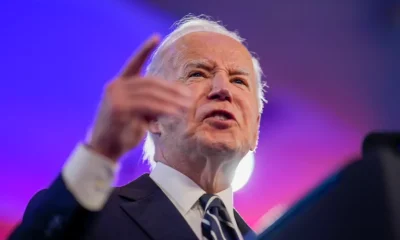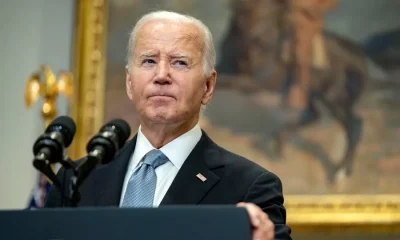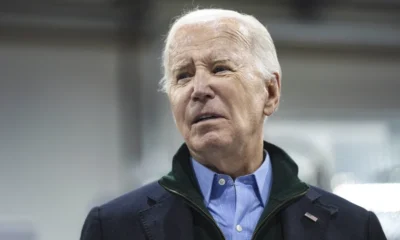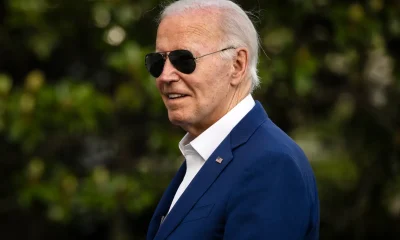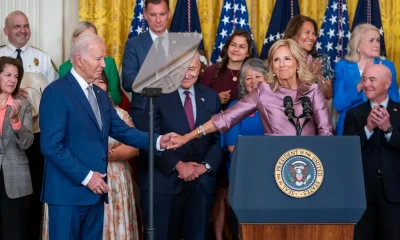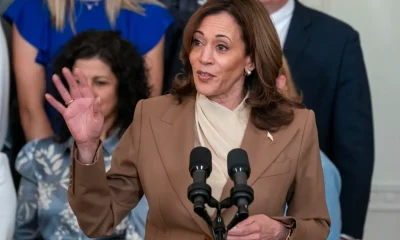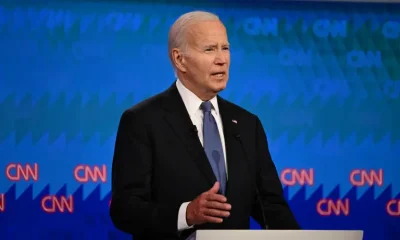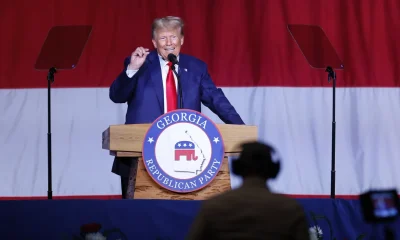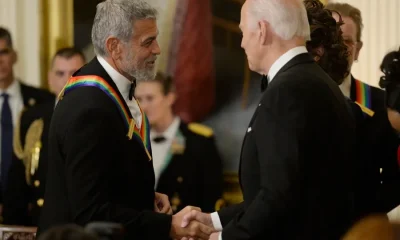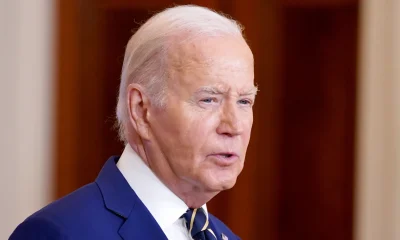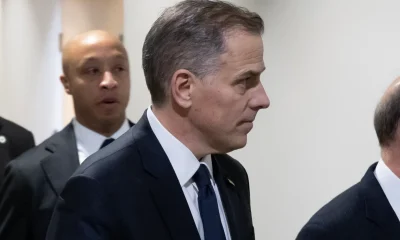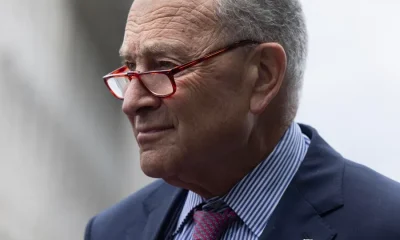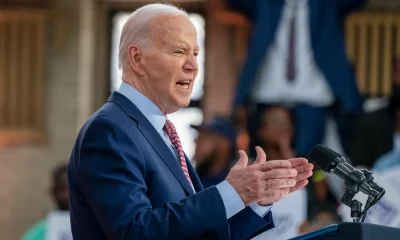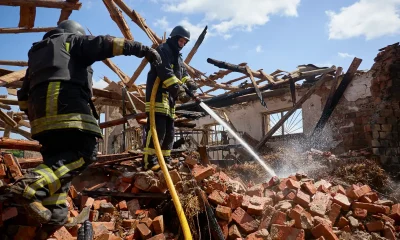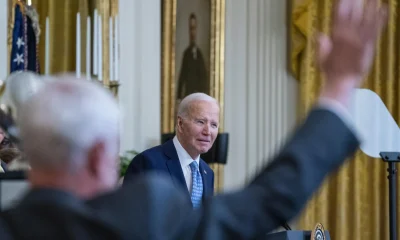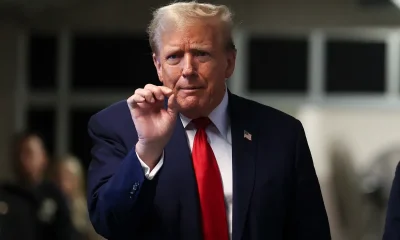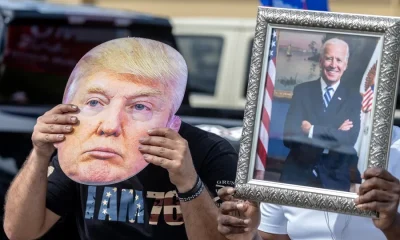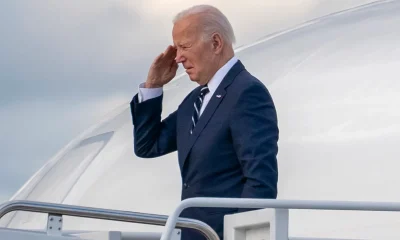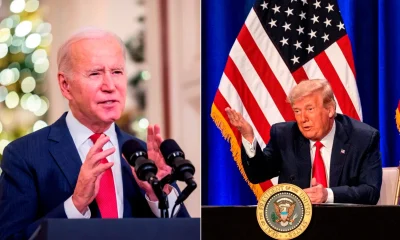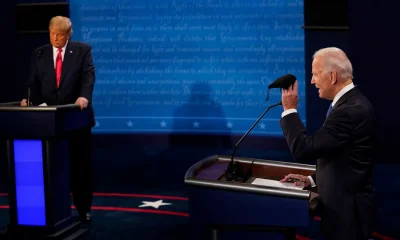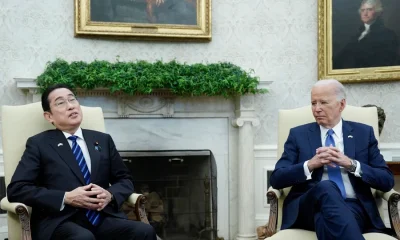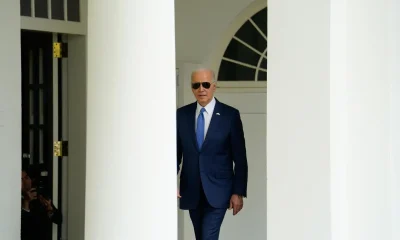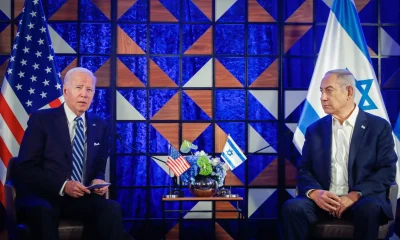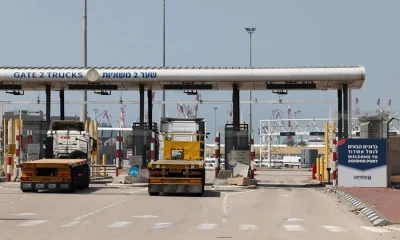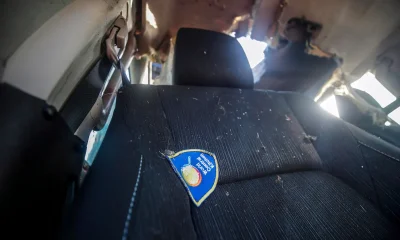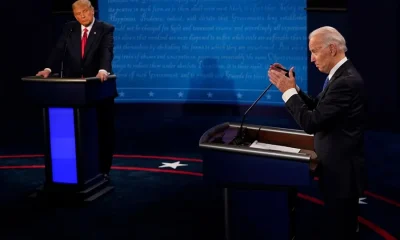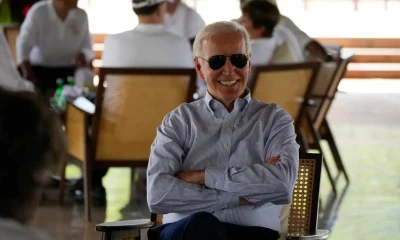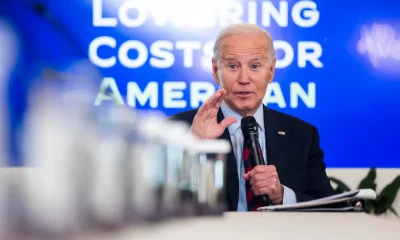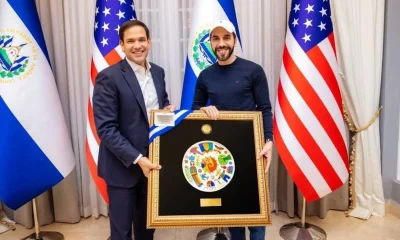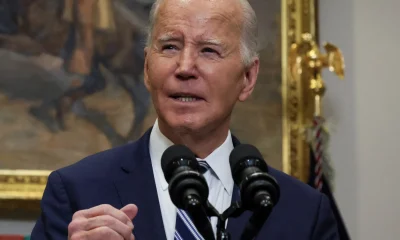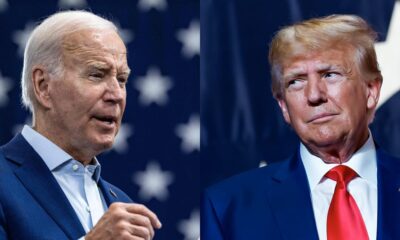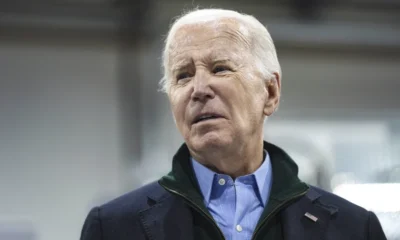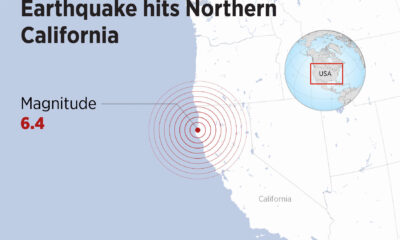International
The battle of the tribes of California for Biden to protect their ancestral lands
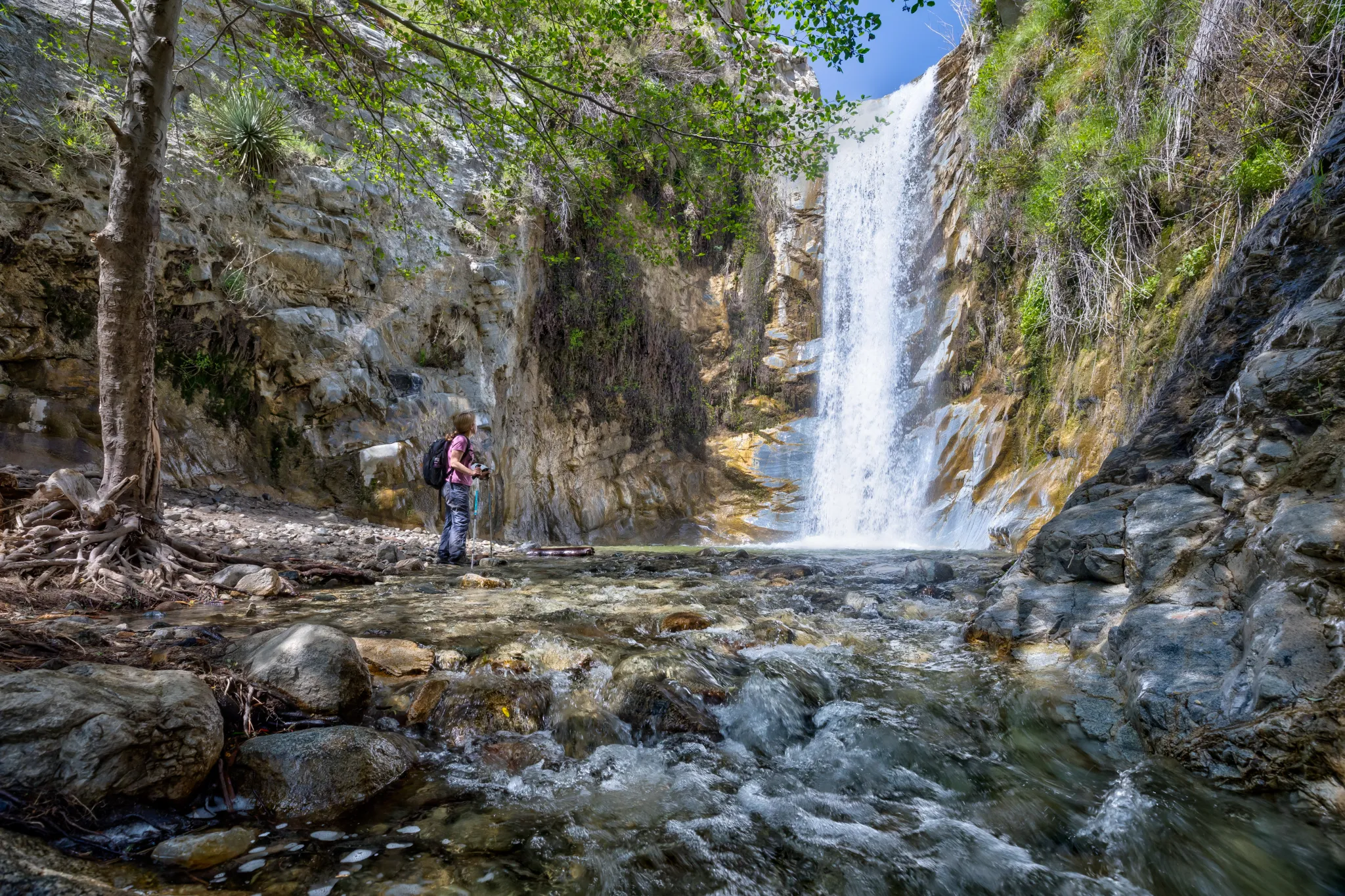
A coalition of Native American tribes from California is fighting an intense struggle for the president of the United States, Joe Biden, to protect their ancestral lands, a vast territory of 400,000 hectares that treasures not only rare species of flora and fauna, but also the legacy of peoples who have lived for centuries with that sacred nature.
This contest has been ongoing for years but it becomes more urgent in the face of the proximity of the November elections, in which Biden will again face the Republican Donald Trump, who during his term (2017-2021) approved oil projects that harmed the Native Americans.
The lands they are fighting for are “irreplaceable,” Thomas Tortez, president of the Torres Martínez desert indigenous people and who has asked Biden to declare about 267,000 hectares as a national monument in the Chuckwalla Valley, in Southern California, explained to EFE and expand the Joshua Tree National Park.
“When someone goes to a sanctuary and it catches fire or is knocked down, they can erect another temple in another place. But when the site that embodies our culture is intrinsically linked to a place and a specific land like the one we have here, there is no human way to replace it,” Tortez says vehemently.
Therefore, he urges Biden to protect the lands of his tribe using the 1906 Antiquities Act, which gives the president the ability to create national monuments on federal land without having to go through Congress.
The lands that Tortez defends are, in large part, desert. It might seem that they are sterile, devoid of life, but for Native Americans, this area contains a rich history, with plants that can be used for medicinal, food or spiritual purposes, and animals that have coexisted with the community for centuries.
Even the hills, with their tones ranging from magenta to lighter shades of red, are interpreted by Native Americans as a reminder of the stories of creation and the presence of divinity, says Tortez.
In addition to protecting these lands, the tribal coalition seeks Biden to expand and designate four other national monuments in California.
Among them, the effort of the tribes of the Tataviam Fernandeño and Gabrieleno missions to expand the national monument of the San Gabriel mountains, near Los Angeles, on about 44,100 hectares, stands out.
Within this territory are the remains of three indigenous peoples prior to the Spanish colonization and that are of great importance for the tribes, whose families go there to teach their origins to the new generations, the president of the Tataviam Fernandeño missions, Rudy Ortega Jr., explained to EFE.
Ortega Jr., whose father was also the leader of the tribe for five decades, believes that this effort to expand the national monument of the San Gabriel mountains is part of the struggle that his tribe has fought for centuries to protect its territory.
In its beginnings, its land covered more than 600,000 hectares, from the Antelope Valley to the Pacific Ocean. However, by 1900, it was reduced to zero, and since then they have had to fight to recover their lands.
Another objective of the coalition is to achieve the designation as a national monument of almost 81,000 hectares in the mountainous area of Lake Medicine, which would make it possible to safeguard the heritage of peoples with a long history in that area of northern California, such as the Pit River tribe.
The Quechan tribe of Fort Yuma also longs for the Kw’tsán mountains to be established as a national monument, and finally, the yocha dehe wintun nation wants the Berryessa Snow Mountain national monument to be expanded and Molok Luyuk to be permanently protected, which translates as “condor crest.”
These lands embody the soul of the tribes. As Anthony Roberts, leader of the yocha dehe wintun nation, told EFE, ensuring the protection of those territories is part of the “sacred responsibility” that those peoples have with nature, from which all forms of life emanate.
International
Police investigate deaths of Rob Reiner and wife as apparent homicide
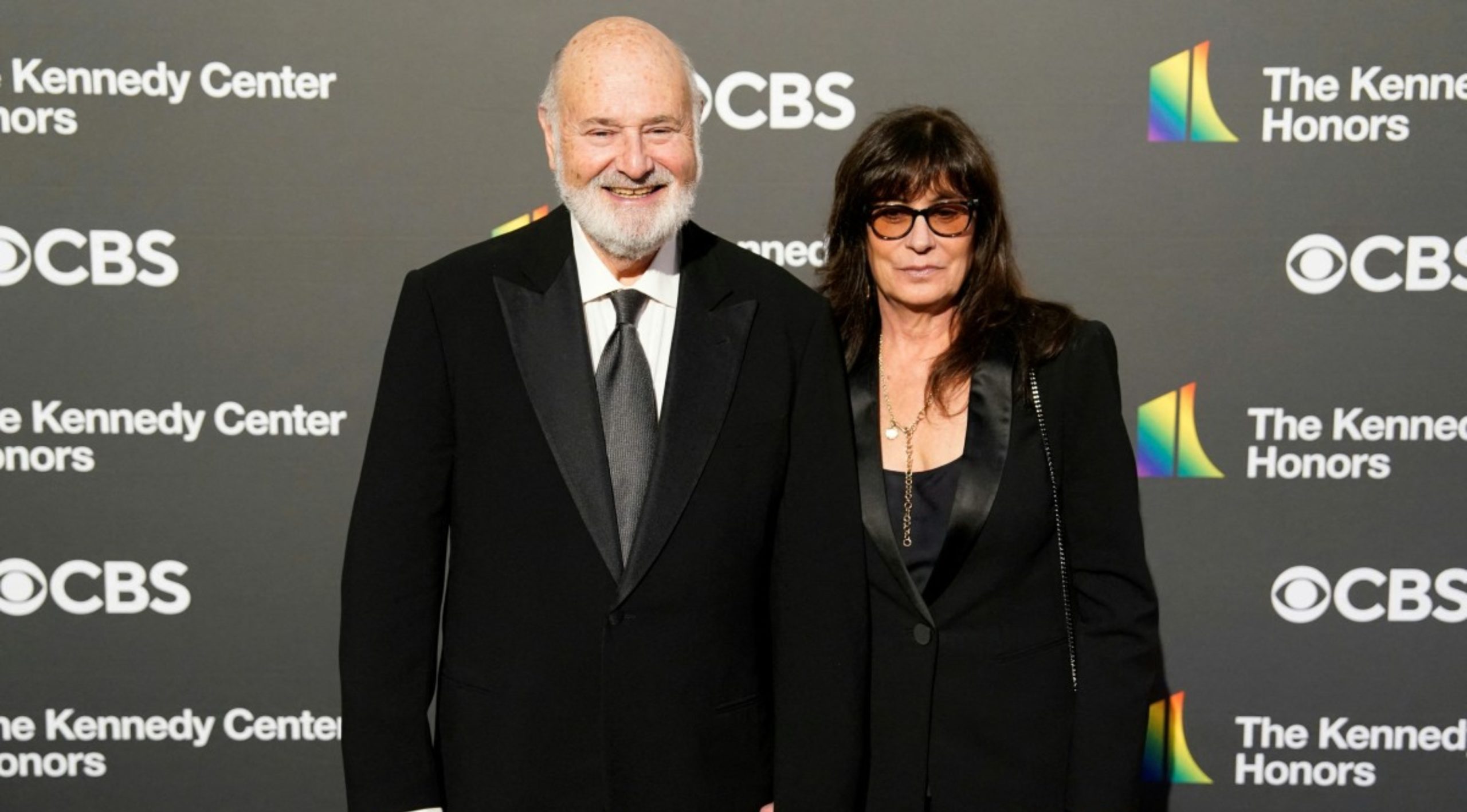
The Los Angeles Police Department (LAPD) is investigating the deaths of Hollywood actor and filmmaker Rob Reinerand his wife as an “apparent homicide,” amid a wave of tributes to the director of classics such as When Harry Met Sally.
According to U.S. media reports on Sunday, Rob Reiner and Michele Singer Reiner were found dead at their Los Angeles mansion with what appeared to be stab wounds.
Several political figures shared messages of condolence following the reported deaths of the director of A Few Good Menand his wife.
While the LAPD did not officially confirm the identities of the victims, it stated that homicide detectives were dispatched to the Reiner residence.
“At this time, no additional details are available and the investigation into an apparent homicide is ongoing,” the Los Angeles Police Department said in a statement posted on social media.
LAPD Deputy Chief Alan Hamilton told reporters that no arrests have been made and that no individuals are currently being questioned as suspects.
“I’m not going to confirm whether anyone is being questioned at this moment or not. We are going to try to speak with as many family members as we can,” Hamilton said.
CNN reported that a family spokesperson confirmed the deaths of Reiner and his wife.
California Governor Gavin Newsom, former U.S. President Barack Obama, and former Vice President Kamala Harrisissued statements expressing their condolences.
International
U.S. and Mexico Reach Deal to Address Water Deficit Under 1944 Treaty
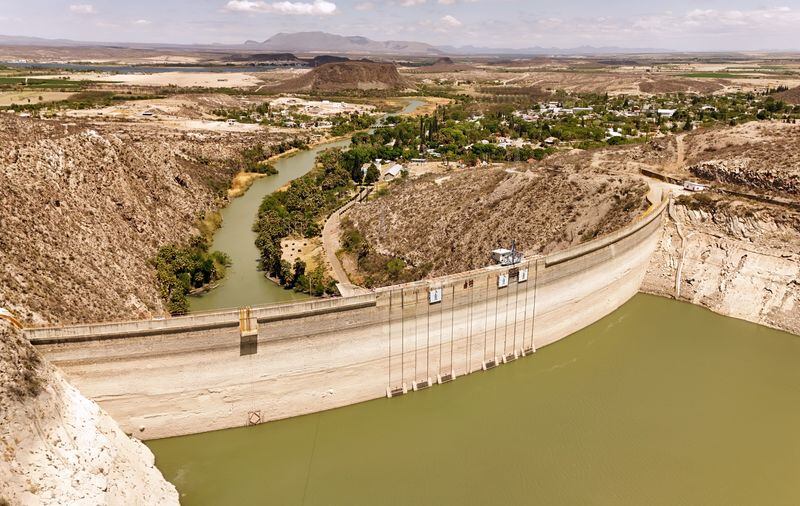
The United States and Mexico have reached an agreement to comply with current water obligations affecting U.S. farmers and ranchers and for Mexico to cover its water deficit to Texas under the 1944 Water Treaty, the U.S. Department of Agriculture said in a statement.
The department уточified that the agreement applies to both the current cycle and the water deficit from the previous cycle.
On Monday, U.S. President Donald Trump accused Mexico of failing to comply with the water-sharing treaty between the two countries, which requires the United States to deliver 1.85 billion cubic meters of water from the Colorado River, while Mexico must supply 432 million cubic meters from the Rio Grande.
Mexico is behind on its commitments. According to Washington, the country has accumulated a deficit of more than one billion cubic meters of water over the past five years.
“This violation is severely harming our beautiful crops and our livestock in Texas,” Trump wrote on Monday.
The Department of Agriculture said on Friday that Mexico had agreed to supply 250 million cubic meters of water starting next week and to work toward closing the shortfall.
Agriculture Secretary Brooke Rollins, quoted in the statement, said Mexico delivered more water in a single year than it had over the previous four years combined.
Trump has said that if Mexico continues to fall short of its obligations, the United States reserves the right to impose 5% tariffs on imported Mexican products.
Mexico’s Deputy Foreign Minister for North America, Roberto Velasco, said that a severe drought in 2022 and 2023prevented the country from meeting its commitments.
International
Several people shot in attack on Brown University campus

Several people were shot on Saturday in an attack on the campus of Brown University, in the northeastern United States, local police reported.
“Shelter in place and avoid the area until further notice,” the Providence Police Department urged in a post on X. Brown University is located in Providence, the capital of the state of Rhode Island.
U.S. President Donald Trump said on his social media platform Truth Social that he had been briefed on the situation and that the FBI was on the scene.
At 5:52 p.m. local time (11:52 p.m. GMT), Brown University said the situation was still “ongoing” and instructed students to remain sheltered until further notice.
After initially stating that the suspect had been taken into custody, Trump later posted a second message clarifying that local police had walked back that information. “The suspect has NOT been apprehended,” the U.S. president said.
-
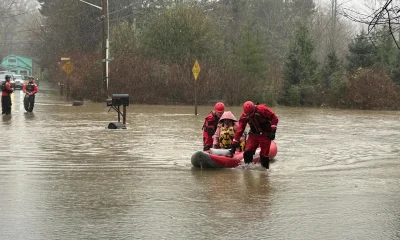
 International4 days ago
International4 days agoWashington declares State of Emergency as atmospheric river brings severe flooding
-

 International4 days ago
International4 days agoU.S. to require five-year social media history from tourists under Visa Waiver Program
-
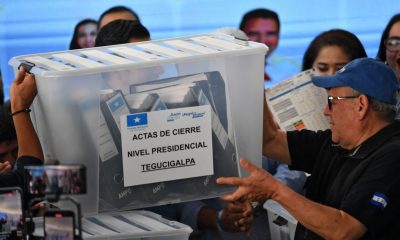
 Central America3 days ago
Central America3 days agoHonduras election crisis deepens as CNE president denounces intimidation attempts
-
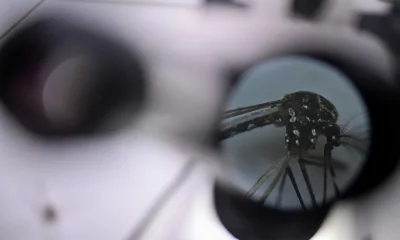
 International3 days ago
International3 days agoCuba battles out-of-control dengue and chikungunya epidemic as death toll rises to 44
-

 Central America4 days ago
Central America4 days agoOAS and EU urge honduran political actors to respect vote results and avoid unrest
-
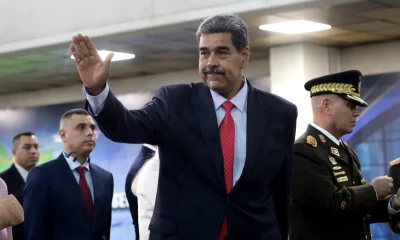
 International3 days ago
International3 days agoColombia says it would not reject Maduro asylum request as regional tensions escalate
-
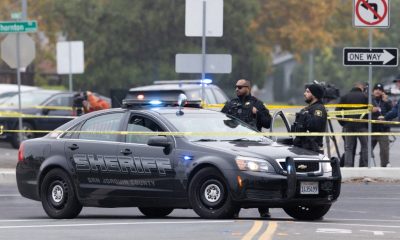
 International2 days ago
International2 days agoSeveral people shot in attack on Brown University campus
-
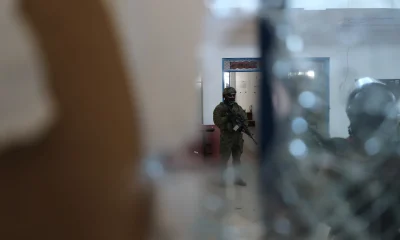
 International3 days ago
International3 days agoEcuador on track for record violence as homicides hit highest level in Latin America again
-
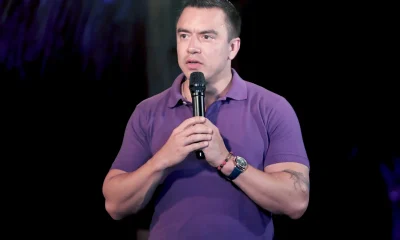
 International4 days ago
International4 days agoSix ecuadorian soldiers jailed pending trial for alleged extrajudicial execution
-
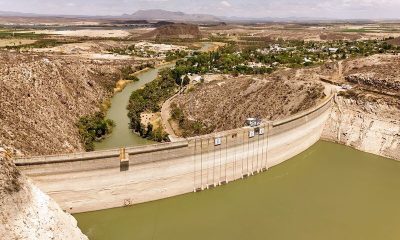
 International2 days ago
International2 days agoU.S. and Mexico Reach Deal to Address Water Deficit Under 1944 Treaty
-
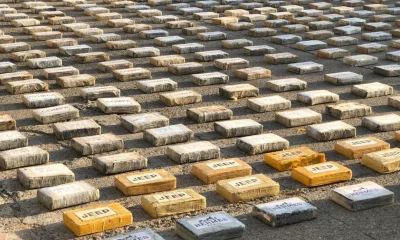
 Central America16 hours ago
Central America16 hours agoPanama seizes over three tons of drugs hidden in Caribbean port container
-

 International4 hours ago
International4 hours agoPolice investigate deaths of Rob Reiner and wife as apparent homicide
-

 Central America4 hours ago
Central America4 hours agoOAS urges swift recount in Honduras as election results remain uncertain

























